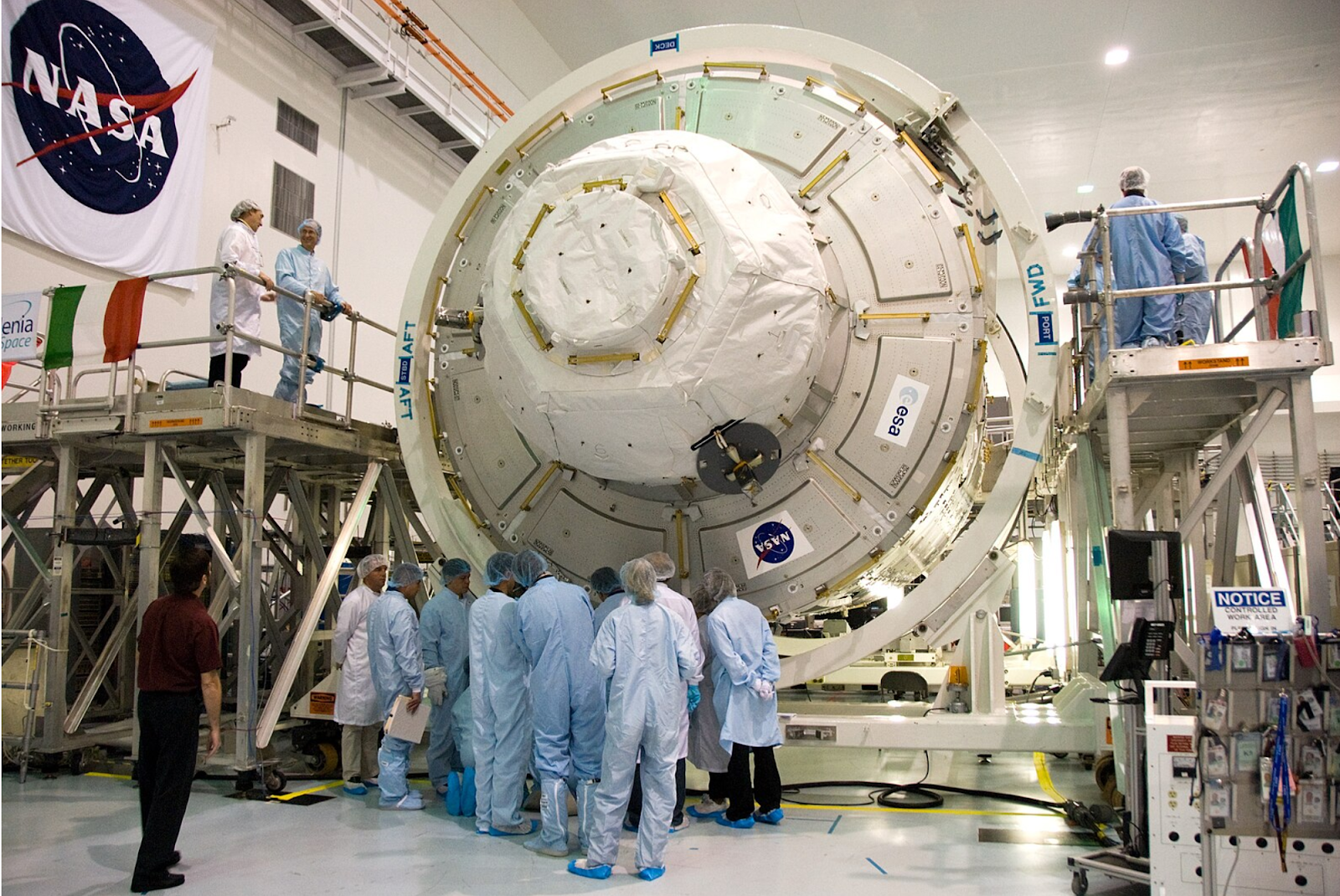Introduction to Human Factors for Uncrewed Systems
Over millennia, human innovation has transformed
intricate tasks into manageable endeavors, giving rise to tools that streamline
daily activities and complex processes. As technology has evolved, our reliance
on sophisticated equipment to shape our environment has grown. This shift has
underscored the importance of understanding human factors, also referred to as
"human engineering," particularly in government initiatives. In
recent times, the rapid progress of uncrewed autonomous systems, or drones, has
revolutionized technology, leading to their widespread production. However,
this surge prompts a critical examination of how human operators (HO) interact
with these systems. This underscores the heightened significance of the
following elements:
User-Centered Design:
Human factors ensure that systems are designed with the end-users in mind. This
means considering their capabilities, limitations, and preferences, which leads
to more intuitive and user-friendly interfaces.
Performance Optimization:
Understanding human capabilities and limitations allows for the design of
systems that complement and enhance human performance. This leads to improved
efficiency, effectiveness, and safety in system operation.
Error Reduction:
By designing systems that are less prone to human error, the likelihood of
accidents or failures is reduced. This is especially critical in high-risk
environments, such as aviation or healthcare.
Situation Awareness:
Human factors contribute to the design of displays and interfaces that improve
operators' understanding of the system and its environment. This leads to
better decision-making and situational awareness.
Workload Management:
Properly designed unmanned systems can help manage operator workload. This is
important in preventing cognitive overload, which can lead to errors and
decreased performance.
Training and Familiarity:
Systems designed with human factors in mind are often easier to learn and
operate. This reduces the training time required for operators to become proficient.









Great job on your blog post Elite!
ReplyDelete